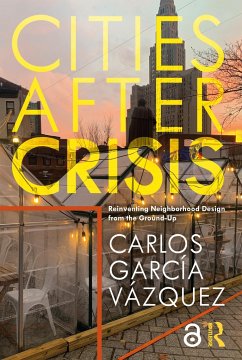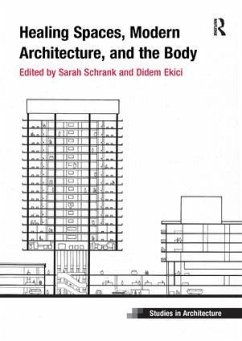
Architecture, Crisis and Resuscitation
The Reproduction of Post-Fordism in Late-Twentieth-Century Architecture
Versandkostenfrei!
Versandfertig in 1-2 Wochen
66,99 €
inkl. MwSt.
Weitere Ausgaben:

PAYBACK Punkte
33 °P sammeln!
Studying the relation of architecture to society, this book explains the manner in which the discipline of architecture adjusted itself in order to satisfy new pressures by society. It offers an understanding of contemporary conditions and phenomena, from the ubiquity of landmark buildings to the celebrity status of architects.














